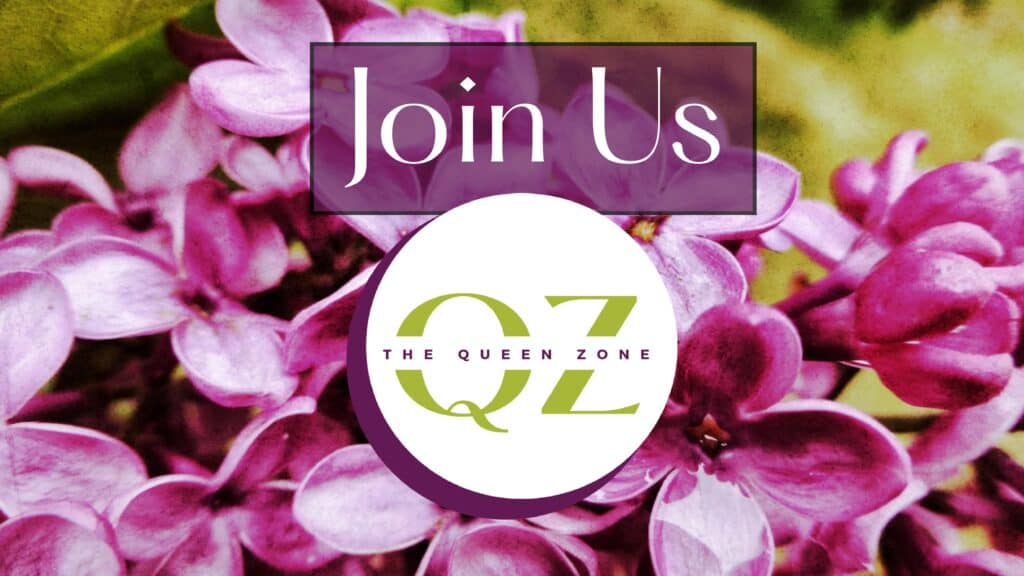How Colors Shape Our Emotions and Actions
Have you ever noticed how certain colors make you feel a specific way? Maybe a soft blue room makes you feel calm, or a bright red sign immediately grabs your attention. That’s the power of color psychology—a fascinating blend of art, science, and psychology that explores how different hues influence our emotions, behaviors, and even physical responses.
For over a century, researchers have studied the ways color impacts everything from mood to decision-making. Businesses use it in branding, designers use it to shape experiences, and even therapists incorporate it into mental health strategies. But color psychology isn’t just for experts—it’s something we all interact with daily, often without even realizing it.
Whether you’re choosing an outfit, decorating a space, or designing something meant to influence others, understanding color psychology can help you make intentional choices that align with the feelings and reactions you want to evoke. Let’s dive into this colorful world and explore how it shapes our everyday lives!
The Science Behind Color and Mood

Colors are perceived through the interaction of light with our eyes and brain. When light hits an object, some wavelengths are absorbed while others are reflected. The reflected light enters our eyes, stimulating photoreceptor cells called cones, which interpret the light’s wavelength. The brain then translates this into the colors we see. This process is influenced by context, lighting, and individual differences, such as color blindness.
Color Responses Vary For Many Reasons

The emotional impact of colors is shaped by both innate responses and learned experiences. For instance, red is often associated with energy and excitement, while blue is linked to calmness and trust. These associations are not arbitrary but stem from a combination of biological, psychological, and cultural factors.
Emotional Responses to Specific Colors

Red is one of the most powerful colors in terms of emotional impact. It is associated with strong emotions like love, passion, and anger. Research shows that red can increase heart rate and adrenaline levels, making it both stimulating and overwhelming when overused. For example, emergency and warning signs use red to generate alertness in times of crisis.
Blue

Blue is often linked to tranquility and dependability. Light shades of blue have a calming effect and are frequently used in healthcare settings to soothe anxious patients. From a marketing standpoint, businesses use light shades of blue in website designs, logos, and infographics to establish a brand personality that exudes trust and reliability.
Yellow

Yellow is an energizing color that provokes feelings of happiness and optimism. Its brightness catches the eye, producing both positive and negative effects. While its radiance makes yellow cheery, too much of it, especially in deep saturation, can cause eyestrain and feelings of frustration.
Green

Green has strong associations with the natural world, generating tranquil and rejuvenating moods. Surrounding oneself with green accents can create a calming and uplifting atmosphere. However, in some literary contexts, green symbolizes feelings of jealousy and disgust.
Purple

Purple has historical associations with royalty, authority, and wealth. People also connect creativity, imagination, and inspiration to purple color schemes. Pastel shades of purple, such as lavender, can be calming colors.
Red

Red is a powerful and emotionally intense color that evokes strong reactions and associations. Often linked to energy, passion, and excitement, red stimulates the senses, increasing heart rate and adrenaline levels. It is commonly used in contexts that require attention, such as stop signs, emergency signals, and sale promotions, as it naturally draws the eye. In marketing, red is employed to create a sense of urgency or to convey boldness and confidence, as seen in brands like Coca-Cola and Target.
However, red can also symbolize danger, anger, or aggression, depending on the context. In interior design, red accents can energize a space, but overuse may lead to feelings of restlessness or overwhelm. Culturally, red holds diverse meanings—it represents luck and prosperity in Chinese traditions, while in Western cultures, it is often tied to love and romance, as seen in Valentine’s Day themes. Overall, red’s versatility makes it a dynamic color with the ability to influence mood and behavior in profound ways.
Real-Life Examples of Color Impact

Here are real-life examples of how color can be used.
Marketing and Branding

Companies strategically use colors to influence consumer behavior. For instance, Coca-Cola’s bold red logo evokes excitement and energy, while Facebook’s blue design promotes trust and reliability. These color choices are not arbitrary but are based on extensive research into how colors affect consumer emotions and perceptions.
Healthcare Settings

Hospitals and clinics often use light blue and green tones to create a calming environment for patients.These colors help reduce anxiety and promote a sense of tranquility, which can be beneficial for patient recovery and comfort.
Education and Learning Environments

Schools and educational institutions use colors to enhance learning and concentration. For example, yellow is often used in classrooms to stimulate creativity and optimism, while blue is used to promote focus and calmness.
Home and Interior Design

Interior designers use color psychology to create specific moods in living spaces. For instance, a bedroom painted in soft blue or green can promote relaxation and better sleep, while a kitchen with warm tones like orange or yellow can stimulate appetite and social interaction.
Physiological Reactions to Color

Color can cause physiological reactions, such as changes in heart rate, blood pressure, and brain activity. For example, red is known to increase metabolism and raise blood pressure, making it a stimulating color. Conversely, blue has a calming effect, reducing heart rate and promoting relaxation.
Color therapy, also known as chromotherapy, uses specific colors to treat various physical and mental health conditions. For instance, exposure to blue light has been shown to help with insomnia and seasonal affective disorder (SAD), while red light therapy is used to reduce inflammation and promote wound healing.
Cultural and Personal Influences

While there are universal patterns in how we perceive and react to colors, cultural differences and personal experiences also play a significant role. For example, white is associated with purity and peace in Western cultures but is often linked to mourning in some Eastern cultures. Similarly, personal preferences can influence how individuals respond to specific colors.
Conclusion

Color psychology is a fascinating field that reveals the profound impact colors have on our emotions, behaviors, and physiological responses. By understanding these effects, we can make more informed decisions in various aspects of life, from marketing and design to healthcare and personal well-being. Whether it’s the calming effect of blue, the energizing power of red, or the uplifting nature of yellow, colors play a crucial role in shaping our daily experiences and interactions.
24 Major Medical & Scientific Discoveries That Happened By Mistake

The history of medicine is replete with serendipitous discoveries that have revolutionized healthcare and saved countless lives. Many groundbreaking medical advancements we rely on today were not the result of deliberate research, but rather happy accidents or unexpected observations. These fortuitous findings highlight the unpredictable nature of scientific discovery and the importance of remaining open to unexpected results.
From life-saving drugs to innovative treatments, the annals of medical history are filled with instances where chance played a crucial role in advancing our understanding of human health and disease. Let’s explore some of the most significant medical breakthroughs that occurred by sheer happenstance, forever changing the landscape of modern medicine.
READ: 24 Major Medical & Scientific Discoveries That Happened By Mistake
Join Us

Join us on this empowering journey as we explore, celebrate, and elevate “her story.” The Queen Zone is not just a platform; it’s a community where women from all walks of life can come together, share their experiences, and inspire one another. Welcome to a space where the female experience takes center stage. Sign up for our newsletter so you don’t miss a thing, Queen!







